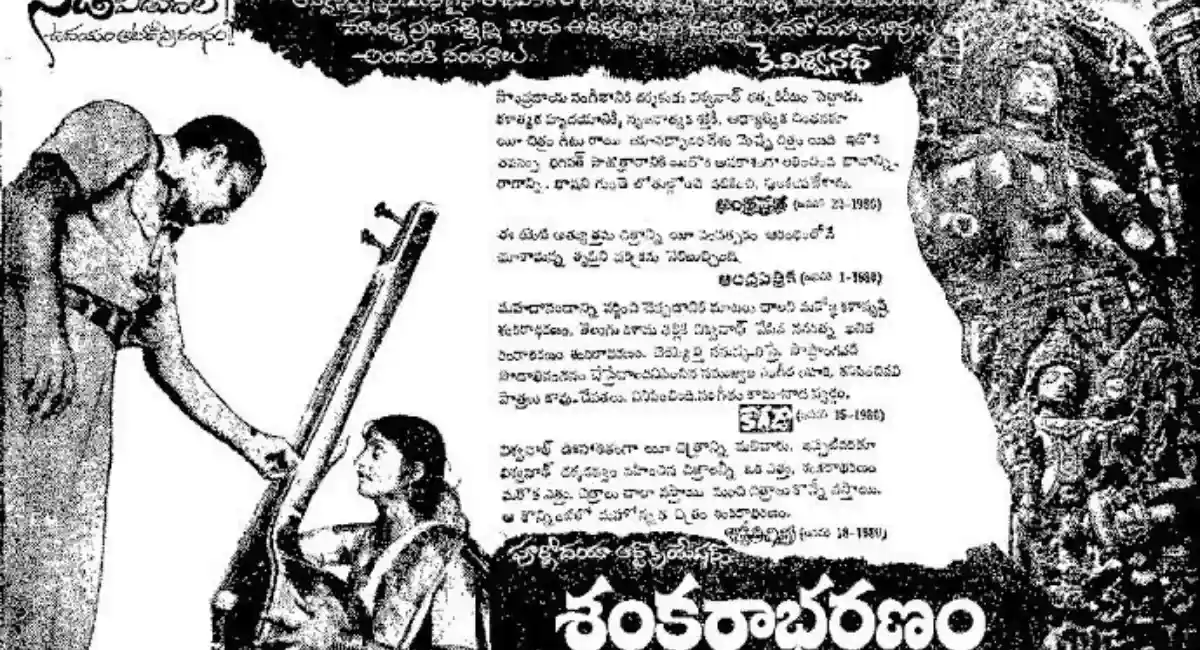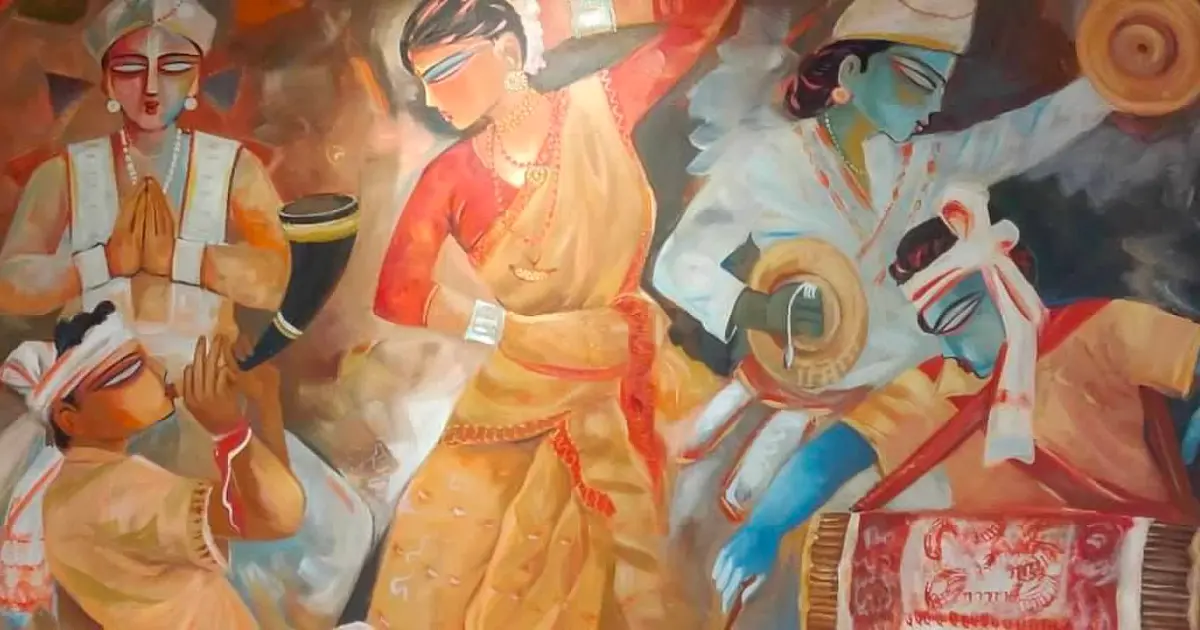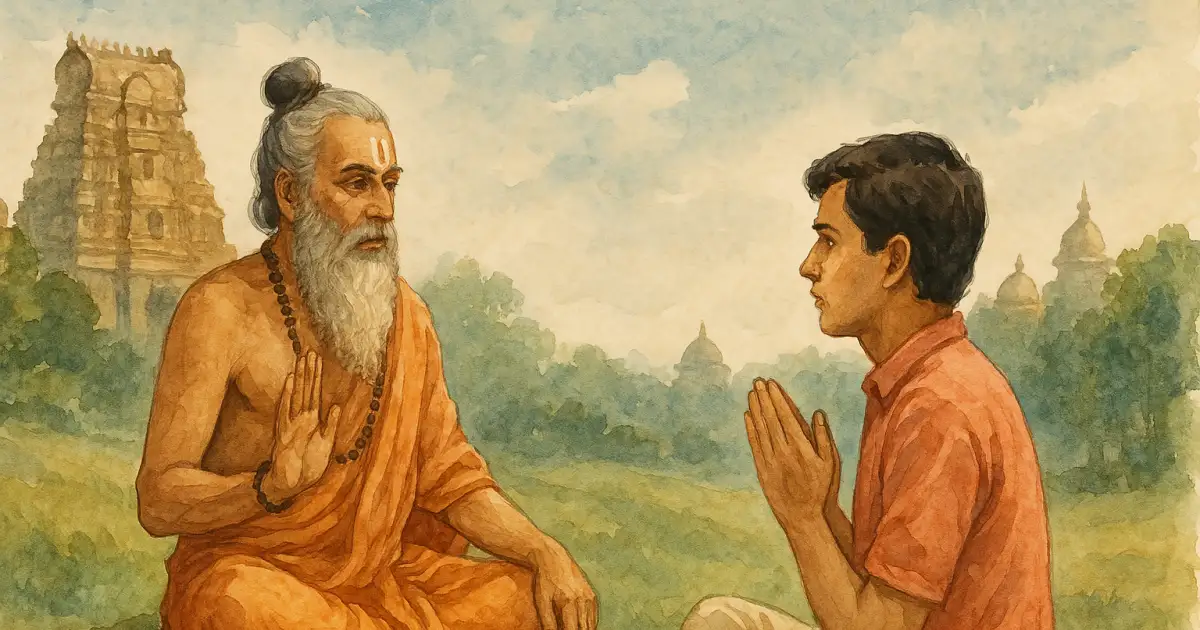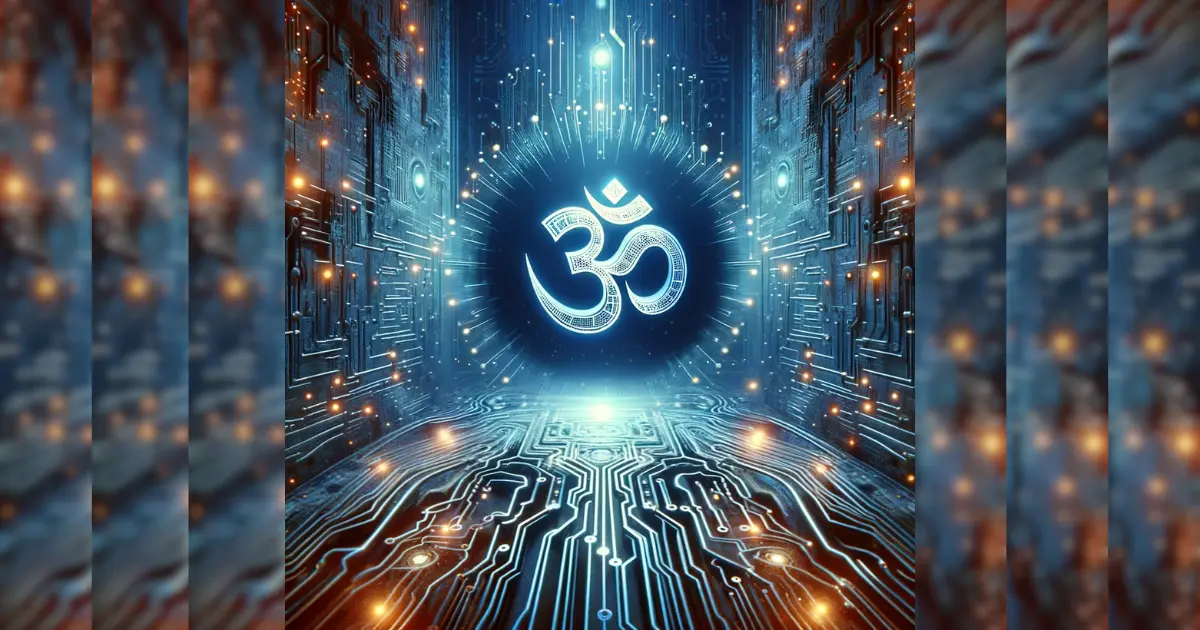చిత్రదర్శకులు, నటుడు, గీతరచయిత దాదాసాహెబ్ ఫాల్కె అవార్డు గ్రహిత పద్మశ్రీ కా. విశ్వనాథ్ గారిని ప్రత్యేకముగా పరిచయం చేసే అవసరము లేదు. కళాతపస్వి అనే బిరుదును సార్థకం చేసుకున్న మహనీయులు. ప్రశస్తమైన సినిమాలను సృష్టించి తెలుగు చిత్ర రంగానికి గుర్తింపును తీసుకు వచ్చిన వ్యక్తి. తొలి చిత్రం ‘ఆత్మ గౌరవం’లోనే తనదైన బాణీ ప్రదర్శించారు విశ్వనాథ్ గారు. సంగీత సాహిత్యాలు, నృత్యం వంటి కళలను ఎంతో వైవిధ్యముతో ఆయన చిత్రాల్లో ప్రదర్శించారు. కథానాయకుడు, నాయకి మధ్య సున్నితమైన సన్నివేశాలు, చక్కటి భావప్రదర్శన చూపడంలో ఆయనకు ఆయనే సాటి, ఆయనప్రతి చిత్రం ఒక కళాఖండం అని చెప్పవచ్చు. ‘శంకరాభరణం’ వంటి చిత్రాలు తెలుగు వారి హృదయాల్లో శాశ్వతముగా నిలచివుంటాయి. విశ్వనాథ్ గారు సృష్టించిన అద్భుత కళాఖండాలలో ఆయన ఎప్పటికీ జీవించి ఉంటారు.
Telugu cinema is a vibrantly artistic amalgam of storytelling, music, dance, language and emotions, and within it, the name Kasinadhuni Vishwanath shines with a special brilliance. As a cultural icon with a career spanning several decades, ‘Kalā-tapasvi’ K. Vishwanath has made an indelible mark on the landscape of Indian cinema, forging a new wave of cultural renaissance for other artists to emulate. This article delves into the body of work by K. Vishwanath and merely attempts to touch upon the profound and unparalleled cultural significance of his work.
An Ode to the Bhāratīya Classical Arts
Born on the banks of the Krishna river, K. Viswanath’s passion for the arts ultimately led him to the world of cinema. He worked on multiple films as an assistant before finally, in 1965, he made his directorial debut with the film Atma Gouravam, setting the stage for a prolific career that would span over five decades.
K. Vishwanath's films seamlessly integrate classical Indian art forms, such as Bharatanāṭyam and Kucipudi, into his storytelling, in some cases even occupying a position central to the storyline. Dance and music are not extraneous, but are crucial elements of the film through which dramatic moments unfold, and emotions that cannot be depicted through words are expressed to the audience.
Shankarabharanam (1979), one of his most iconic films, beautifully exemplifies this fusion of the classical arts and cinema. The film elevates classical music, showing the mirror to the increasing lewdness of films being made at the cusp of modernisation. Shankarabharanam went on to win several National Awards and played a pivotal role in introducing classical music to a wider audience. The film portrays a traditionalist, renowned Carnatic musician forging a connection with a prostitute’s daughter, and taking on her son as a disciple, despite the disapproval of society. The act was that of a grave rebellion against rigidly established societal mores, and highlights the cultural significance of preserving and promoting classical arts.
Swarnakamalam (lit. the Golden Lotus), released in 1988, was a testament to K. Vishwanath’s passion for the Indian classical arts. It embodies a fascinating dialogue between traditionalism and modernity, and the value of the classical arts in the rapidly Westernising world. The mid-to-late 20th century saw a sharp decline in the institutional support for the classical arts. Swarnakamalam, therefore is K. Vishwanath’s attempt at ushering in a movement of cultural revivalism. It is a vivid and creative portrayal of his recognition of the theological and sacred aspect of dance, which had been fading fast into oblivion, especially in the face of the introduction of contemporary evolutions in music and dance.
A recurring theme in his films is the artist’s struggle to sustain their art through poverty, familial constraints and other circumstances: Siri Siri Muvva (1976) features a protagonist passionate about classical dance, and O Seeta Katha (1974) features a Harikatha performer.
Social and Cultural Themes
K. Vishwanath's films have had a profound impact on society and people’s conscience, since he did not shy away from addressing the problem of social evils and addressing issues with societal perceptions of mental illness, disability (Sirivennela, 1986), untouchability, dignity of labour (Swayamkrushi, 1987) etc.
Swati Mutyam (1986) and Saptapadi (1981) are exemplars of his penchant for social commentary. Starring Kamal Hassan, Swati Mutyam depicts the then-uncomfortable idea of widow remarriage, and depicts an empowered widow that is shunned by society but marries the simple-minded Sivayya, played by Kamal Hassan. Saptapadi (1981) is a film that depicts a forbidden love, through the granddaughter of an extremely rigid traditionalist falling in love with a flutist outside of her caste, and the mending of his ways to accept the marriage.
By delving into profound social and cultural themes, touching the consciences of audiences across generations, he set the tone for social progress without abandoning traditionalism or our religious roots. The narratives K. Vishwanath addresses through film have their roots firmly in the fabric of Indian society as it stood in the 20th century, addressing issues such as tradition, morality, family values, and the clash between the old and the new.
In Sagara Sangamam (1983), he explores the tragic downfall of a talented classical dancer who finds out that the woman he loves, Madhavi, is married to another man. In depicting his spiral into alcoholism and the events that follow, it is an intricate story of love, heartbreak and circumstance, interwoven with contrasting scenes of vitality and hope in his tutelage of a young dancer.
Vishwanath's exploration of these themes allowed his audiences to reflect on their own lives, the necessity for culture and morality, and the need to strike a balance between preserving heritage and embracing change. His films served as a mirror to the society, prompting discussions and introspection about the value of tradition and the patronage of the arts in a contemporary world.
Recognition and Awards
K. Vishwanath's cinematic brilliance did not go unnoticed. He received numerous awards and accolades throughout his career, including several National Film Awards and Filmfare Awards. His film Shankarabharanam was India's official entry for the Best Foreign Language Film category at the 1980 Academy Awards, signifying its global appeal and recognition.
His contributions to the world of cinema were also recognized with prestigious honors such as the Dadasaheb Phalke Award and the Padmasri, two of the highest civilian awards in India. These accolades not only celebrated his cinematic achievements but also exemplify the pan-Indian cultural and artistic impact of his work.
Legacy and Cultural Significance
K. Vishwanath's legacy in Indian cinema is profound and far-reaching. His movies continue to be celebrated and cherished by audiences of all ages and regions. They serve as a bridge between generations, passing on cultural values, traditions, and artistic expressions. His cinema has left an indelible mark on the collective consciousness of the nation, bringing awareness to social issues such as the treatment of women, societal taboos, and the lack of impetus to the classical arts.
One of the most remarkable aspects of Vishwanath's work is its timeless quality. His films remain as relevant today as they were when they were first released. The themes of tradition, music, dance, and the empowerment of women continue to resonate with viewers even in the ever-changing modern world. Furthermore, his influence has extended to other filmmakers, who draw inspiration from his storytelling techniques and the integration of classical arts into cinema. K. Vishwanath's work has aided in preservation and the continuance of the cultural heritage of India, enriching our lives by fostering a re-connection to the classical arts.
K. Vishwanath's storytelling genius is a reminder of and a testament to the power of cinema in sparking a social and cultural change. His films are not just stories on the silver screen; they are cultural treasures that have left an undeniable impact on society. Through his commitment to classical arts, exploration of societal themes, and portrayal of strong women, he has enriched Indian cinema immeasurably and inspired countless filmmakers and artists, both within and outside of the industry. K. Vishwanath may have passed, but his immense legacy lives on through the corpus of his work, reminding us of the cultural significance of his movies and the enduring power of storytelling in the world of cinema. His work continues to inspire and uplift, offering a priceless glimpse into the heart and soul of Indian culture.







